
Armand was a brilliant French artist who timely abandoned his career as a painter to later become a globally renowned sculptor
Armand (November 17, 1928 - October 22, 2005) was a renowned American artist of French origin, one of the brightest representatives of the "New Realism" movement. Armand became famous as the creator of so-called "accumulations" - voluminous compositions made from identical objects, although during the early stages of his career and towards the end of his professional journey, he also produced numerous paintings in various styles and genres. The master's biography is rich with extraordinary events, numerous travels around the world, and bold innovative experiments in the realm of art.
 Armand. Photographic portrait of the artist, 1969
Armand. Photographic portrait of the artist, 1969
Armand was a versatile creative individual. In addition to sculpture and painting, he was interested in creating engravings and book illustrations. Over many years, he also collected everyday objects such as pens, clocks, radios, antique Japanese weaponry, as well as masks and figurines from African cultures.
 Armand. Installation. Chopin's Waterloo, 1962
Armand. Installation. Chopin's Waterloo, 1962
Armand's Biography
Armand (real name: Armand Pierre Fernandez) was born on November 17, 1928, in the resort city of Nice, located on the Mediterranean coast, into a family of antique dealers. His paternal lineage carried Spanish blood, while his maternal ancestors were ordinary French peasants.
 Armand. Sculpture. Egoists, 1964
Armand. Sculpture. Egoists, 1964
From childhood, Armand had a passion for drawing, martial arts, and ancient Eastern philosophy. After learning the basics of painting under the guidance of his father, who was a self-taught artist, he enrolled in the School of Decorative Arts and simultaneously started attending judo classes at the local police academy. Soon, he befriended two young men - Yves Klein and Claude Pascal. During summer holidays, they embarked on an exciting hitchhiking journey across Europe. Later, Klein became a famous artist, and Pascal an outstanding French composer.
 Armand. Sculpture. Renault number 105, 1967
Armand. Sculpture. Renault number 105, 1967
In 1949, Armand entered the École du Louvre in Paris, studying archaeology. After completing his studies, he was drafted into the army and sent to the Indochina War in Vietnam. Following his demobilization in 1953, the young artist returned to Nice, got married for the first time, and began painting in the surrealist style. This marriage lasted for 18 years, during which the master had two daughters and a son. In the early 1970s, Armand remarried, but this marriage also ended in divorce. His second wife gave him two more children (a son and a daughter), and the artist became a father once again in 1989. The youngest child, named Iv César Armand, was born out of wedlock, but later the master officially acknowledged him as his son.
 Armand. Sculpture. Agricultural fetish, 1973
Armand. Sculpture. Agricultural fetish, 1973
Up until the late 1950s, the artist continued to enthusiastically create oil paintings, but his works did not gain much popularity. Frustrated by the lack of success in painting, Armand embarked on a series of unconventional creative experiments, soon achieving astonishing results. He developed a unique technique for creating colored prints on paper and fabric using rubber stamps and presented several works at an exhibition in Paris in 1958. These innovative pieces were well-received by the public and garnered positive reviews from critics. Inspired by the support, Armand decided not to stop at that and, three years later, developed other unique concepts - "Accumulations," "Colors," and "Trash Cans."
 Armand. Sculpture. Big parade, 1976
Armand. Sculpture. Big parade, 1976
During this time, Armand joined a creative collective called "Nouveau Réalisme," founded by his longtime friend Yves Klein. From that moment, he became a recognized master of contemporary art and soon received an invitation from the United States to participate in a large-scale exhibition.
 Armand. Sculpture. Long-term car park, 1982
Armand. Sculpture. Long-term car park, 1982
After visiting New York in 1961, Armand fell in love with the bustling metropolis. By the early 1970s, he had acquired a spacious apartment in the city center, set up a studio, and spent most of his time there. Only for a few winter months did he leave New York and return to Nice to bask in the warm Mediterranean sun.
 Armand. Sculpture. The energy of music number 2, 1986
Armand. Sculpture. The energy of music number 2, 1986
Armand's innovative works were in high demand, and he was a sought-after guest at major international exhibitions, constantly receiving numerous generous commissions. He traveled extensively around the world, being warmly welcomed not only in the West but also in socialist countries. His monumental works still adorn squares in cities across France, Italy, Switzerland, the United States, Chile, Israel, and Lebanon.
 Armand. Sculpture. Eros, inside Eros, 1986
Armand. Sculpture. Eros, inside Eros, 1986
In the late 1980s, after a thirty-year hiatus, the master returned to painting, but the paintings he created did not capture the interest of his fans. Nevertheless, until the end of his life, the artist remained in the spotlight of the media and continued to engage in his creative pursuits. On October 22, 2005, Armand passed away in New York at the age of 76.
 Armand. Sculpture. Avalanche, 1990
Armand. Sculpture. Avalanche, 1990
Armand's Most Famous Works
As a recognized master of contemporary art, Armand created hundreds of unique masterpieces throughout his career using various materials. Most art enthusiasts rightfully consider Armand's most famous works to include:
- "Chopin's Waterloo" (1962) — a piece that to this day remains firmly associated with a barbaric approach to art for many viewers. The artist mercilessly destroyed a piano and then affixed the debris to a wooden panel, allegorically depicting the triumph of brutal violence over the beautiful world of music.
- "Long-Term Parking" (1982) — a massive monumental composition made of concrete and metal weighing 2,000 tons. For this masterpiece, which stands nearly 20 meters tall, the artist used the frames of 59 passenger cars.
- "Eros, Inside Eros" (1986) — a sculpture representing a dissected silhouette of an ancient Greek deity. The sight of the distorted male torso evokes the most conflicting emotions in viewers and seriously prompts contemplation of the fragility of human life.
- "Hope for Peace" (1990) — a monument commissioned by the Lebanese government to mark the end of the long-lasting civil war. The construction, with the barrels of tanks and other armored vehicles protruding from it, shocks viewers with its immense scale and outwardly resembles a bombed-out multi-story building.
 Armand. Sculpture. Hope for peace, 1990
Armand. Sculpture. Hope for peace, 1990
Armand left a vivid mark on the visual arts of the second half of the 20th century and rightfully belongs among the great masters of sculpture of all times. His unique creative experiments continue to inspire young artists around the world to create new grand masterpieces.
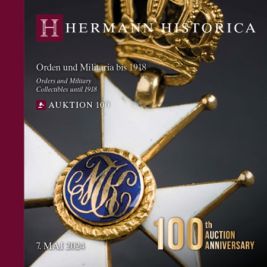 100th Auction at HERMANN HISTORICA from 7 to 16 May 2024
100th Auction at HERMANN HISTORICA from 7 to 16 May 2024 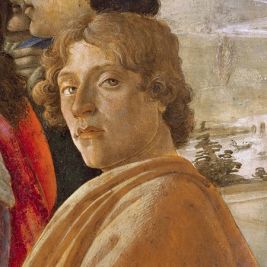 Sandro Botticelli: Biography, Artistic Career, and the Best Paintings of the Artist
Sandro Botticelli: Biography, Artistic Career, and the Best Paintings of the Artist 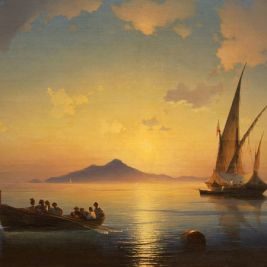 The painting "Bay of Naples" by Ivan Konstantinovich Aivazovsky is an invitation to immerse yourself in the serene beauty of a southern evening
The painting "Bay of Naples" by Ivan Konstantinovich Aivazovsky is an invitation to immerse yourself in the serene beauty of a southern evening  The religious genre is profoundly spiritual and sincere art
The religious genre is profoundly spiritual and sincere art  Pastel - a technique with unique possibilities in painting and graphics: types, history, artists
Pastel - a technique with unique possibilities in painting and graphics: types, history, artists 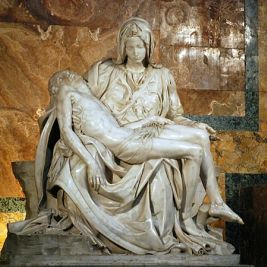 Sculpture "The Pietà" by Michelangelo Buonarroti is a iconic work in Catholicism
Sculpture "The Pietà" by Michelangelo Buonarroti is a iconic work in Catholicism 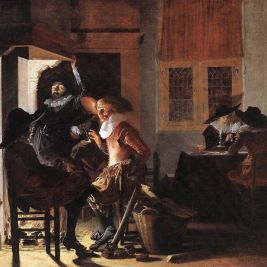 Golden Age of Dutch painting - an era that gave the world the finest masterpieces of Dutch art of all times
Golden Age of Dutch painting - an era that gave the world the finest masterpieces of Dutch art of all times 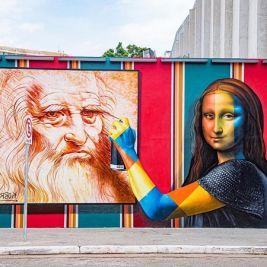 Mural - monumental urban art of immense scale
Mural - monumental urban art of immense scale 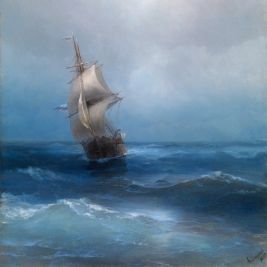 Ecole de Paris and other masters online auction on drouot.com, until 5 dec 2023
Ecole de Paris and other masters online auction on drouot.com, until 5 dec 2023 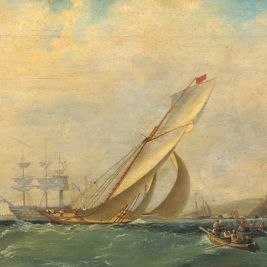 Marine landscape is the most romantic genre of visual art: history, artists, and paintings
Marine landscape is the most romantic genre of visual art: history, artists, and paintings